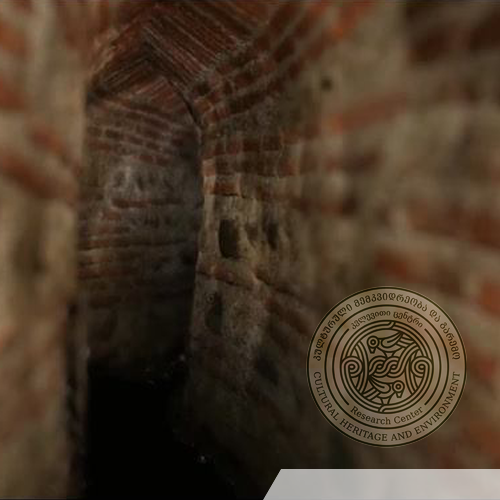
Reconstruction of Late Holocene Paleoenvironmental Conditions of the Shiraki plain – Traces of Early State Formations in the Southern Caucasus
The study of past environmental changes and their effects on former human societies delivers key information to
reconstruct former human-environmental interactions, but also to project future climate changes and their effects
on human societies. Our intended study will focus on South-Eastern Georgia (Caucasus region), that experienced
long-term environmental changes during the late Holocene.
Our study area represents the semi-arid Shiraki Plain. The region is characterized by semiarid climate conditions
(annual precipitation <500 mm) and shows an open dry steppic landscape today. Geomorphologically, the Shiraki
Plain represents an almost flat area with a size of ca. 800 km2 and an average height of 500-600 m above sea level,
surrounded by chains of low mountains ranges. Today there are almost no settlements in the area since it is largely
devoid of water resources. However, recent data collected using remote sensing and archaeological investigations
delivered evidences of a continuous early human inhabitation of this area, starting from the Paleolithic period and
abruptly ending during the Bronze - Early Iron Ages. Furthermore, recent archaeological excavations gave even
evidence of early state formation under favorable paleoenvironmental conditions.
The planned study will be based on a comprehensive multidisciplinary geoarchaeological approach: Complex geoarchaeological surveys involving aerial photogrammetric shooting, drilling and trial trenching; Hydro modelling of
paleochannels; Geomorphologic field and laboratory studies and construction of chronostratigraphic profiles. The
main goal of the proposed project is the diachronic reconstruction of late Holocene paleoenvironmental conditions
and prehistoric settlement patterns in the Shiraki region in eastern Georgia in order to: (i) shed light on significant
environmental changes in the region during the last millenia, (ii) identify possible natural and/or anthropogenic
drivers of these changes, (iii) identify the response of human societies to these changes, (iv) estimate available natural
resources for possible early state formation in this region.
Projects » View All
